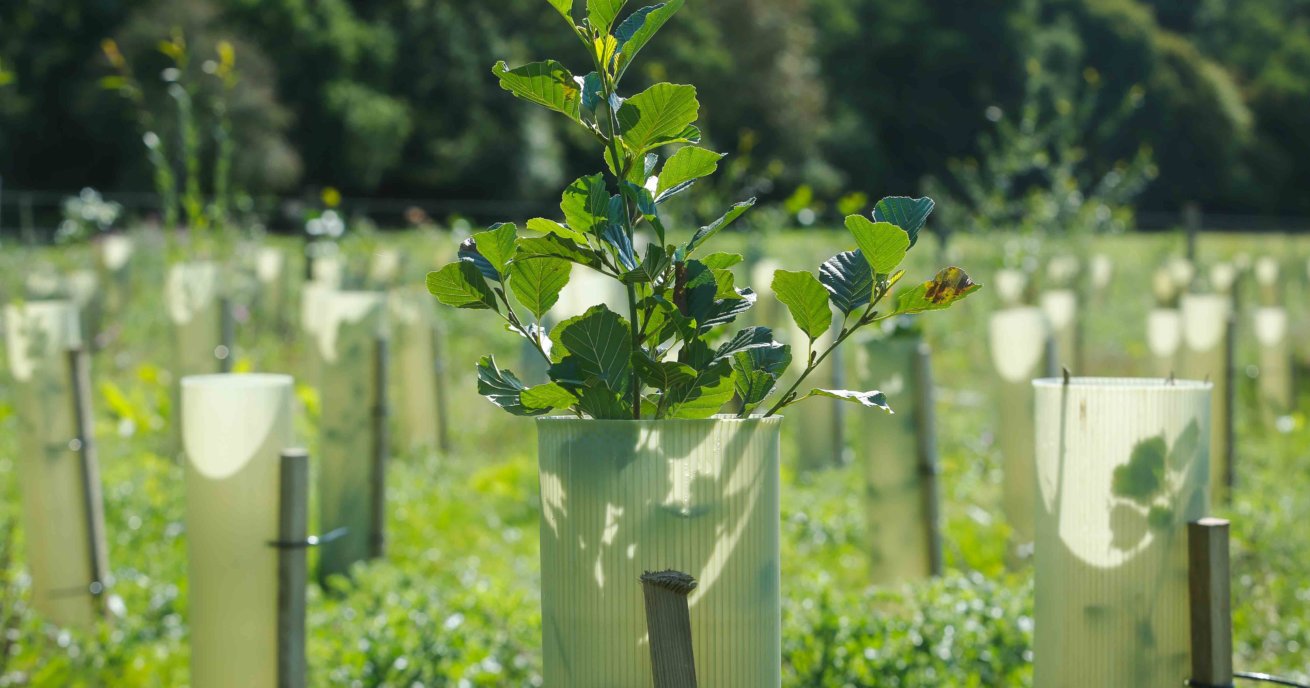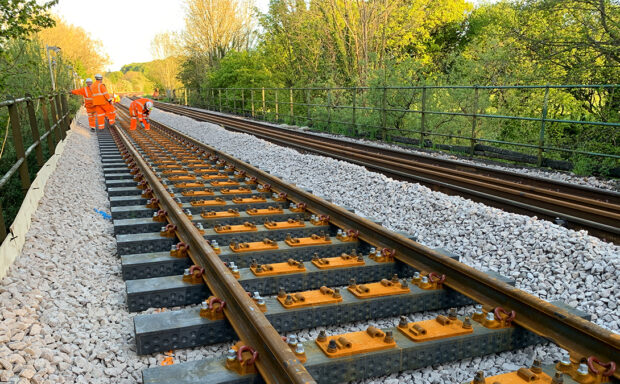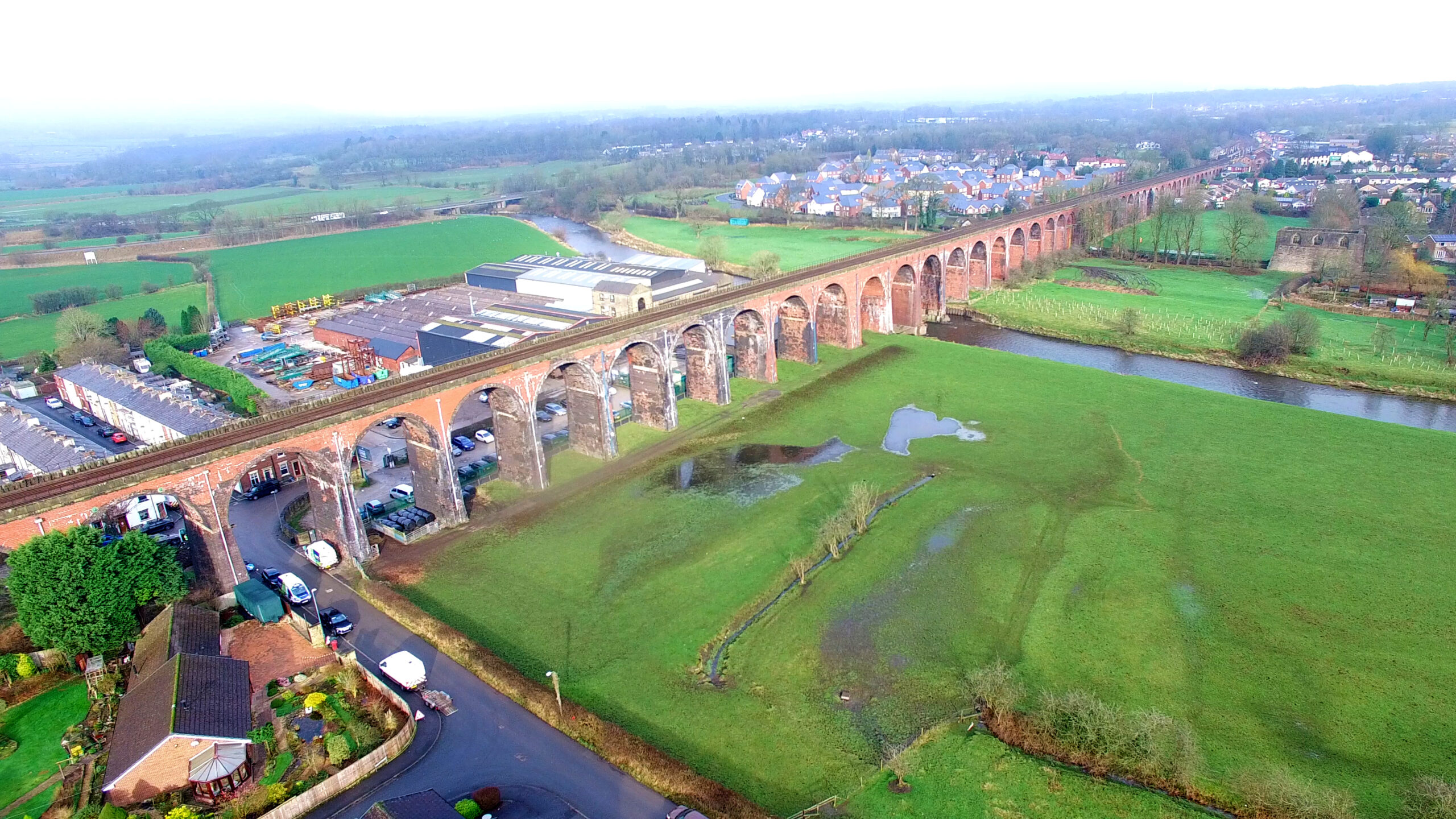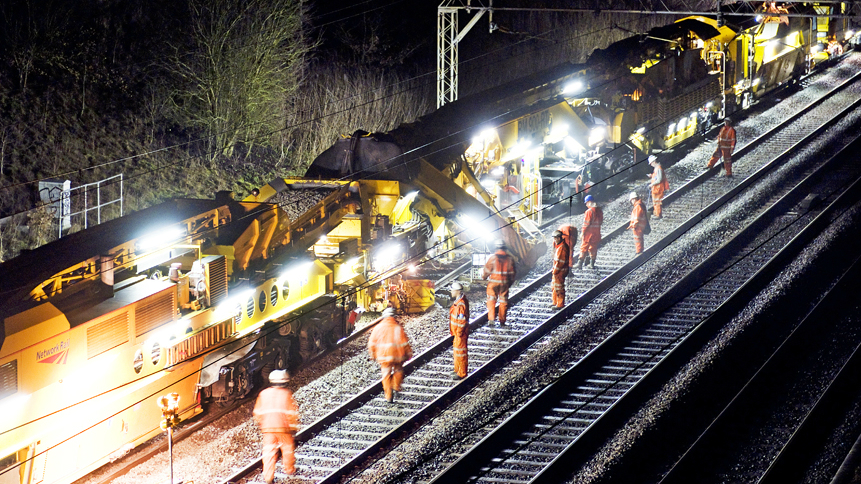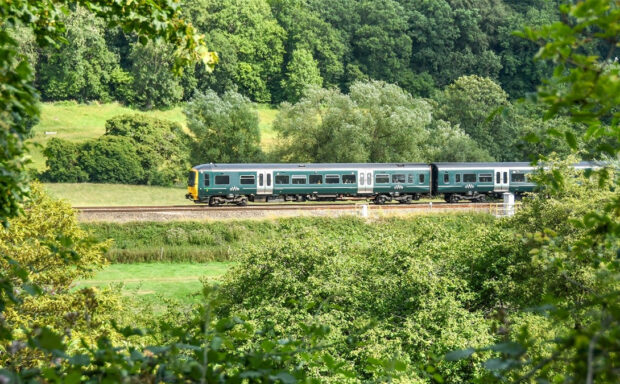This World Environment Day, we’re highlighting our aim to improve our impact on biodiversity around Britain’s railway.
Sustainable Land Use Programme
One of our biggest initiatives is the Sustainable Land Use Programme, which will ultimately help us improve biodiversity by helping us manage our vegetation as an asset. We are targeting no net loss of biodiversity by 2024 and a net gain by 2040.
The Sustainable Land Use Programme will also look at how we can get the most out of our land by maximising environment and sustainability benefits.
This would range from using natural solutions to combat flooding and pollution to planting vegetation that is resilient to future climate conditions and using our land to generate and store renewable energy.
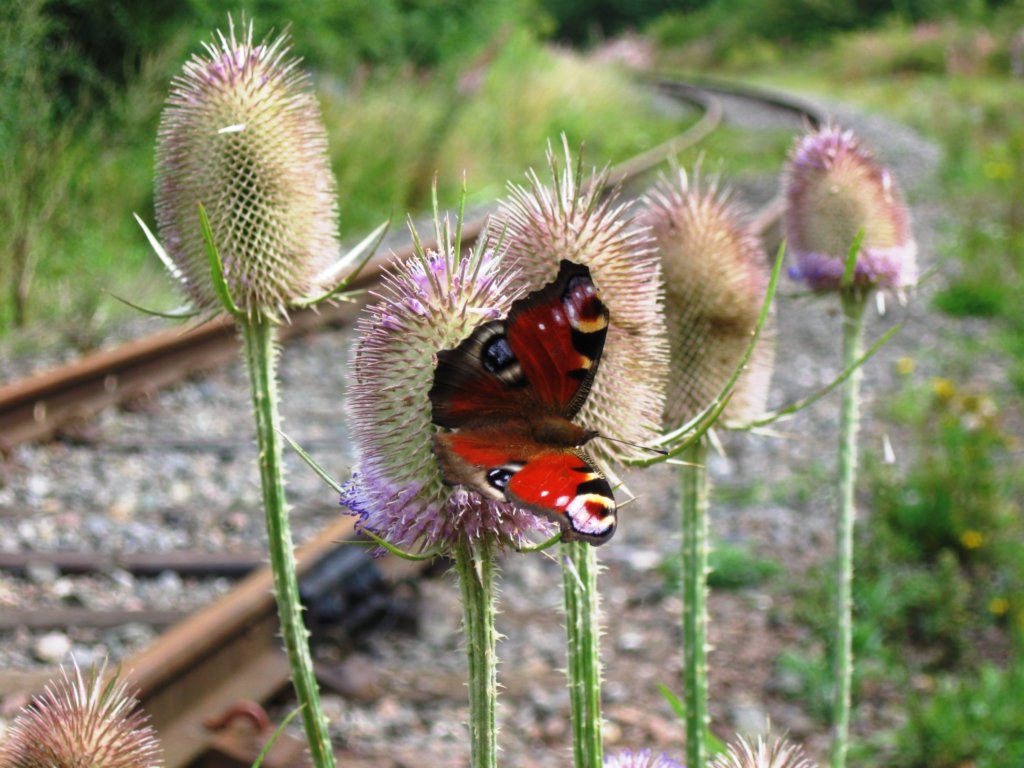
The programme includes:
- Updated vegetation, biodiversity and habitat management standards.
- Tree Planting Pledge – an investment for tree planting across England, Wales and Scotland, delivered through charity the Tree Council and working with local community schemes. We aim to plant 20,000 by 2024.
- The Biodiversity Action Plan, setting out how we will achieve our vision and biodiversity targets. Currently in consultation, this will require us to gain new skills and competencies in vegetation management and ecology, and apply these to all levels of decision making through the business.
- A Railway Sustainability Design Guide – this will provide guidance on how to maximise the sustainability benefits of our estate.
Satellite surveys in a first for Network Rail
Meanwhile, we’re changing the way we manage biodiversity to make our processes more efficient. From this summer, for the first time, we will use satellite data to remotely identify and map the type and area of habitats.
The images will help us create a habitat map of the entire railway within days, without the need to set foot on the operational railway. This will result in fewer line closures and less disruption to passengers.
Some ground-based surveys will then supplement the habitat data to identify the types of plants and animals that live there. We will repeat this process annually until 2024 and then every five years after that.
There are more than 70 different habitat types so measuring biodiversity can be complicated. We need to record the area, different types of habitat and the different species of plants and animals. Gathering this information across the network gives an overview – or a biodiversity baseline – of what’s there and how it has changed over time. It’s similar to the approach used by the Department for Environment Food & Rural Affairs and Natural England, an adviser to the government on the natural environment.

Rossa Donovan, head of environment and sustainability at Network Rail, said: “If we were to use the traditional approach to creating a biodiversity baseline, it would require the deployment of hundreds of ecologists to carry out ground based surveys to collect the required biodiversity data.
“This would involve ecological surveyors walking up and down the operational railway mapping the different habitat types and then returning many times during spring and summer at different times of the day and night to collect information on the species that use those habitats. This new way of doing things is quicker, safer and will save Network Rail millions of pounds and help us manage our biodiversity better.”
Read more:
World Environment Day – working with plants and animals on the railway
Climate change and weather resilience
International Women’s Day – Q&A with Michelle Chrabalowski, environment specialist
Managing habitats by the railway
Five times we’ve helped wildlife around the railway
How we moved a river: re-routing a waterway and protecting the environment
